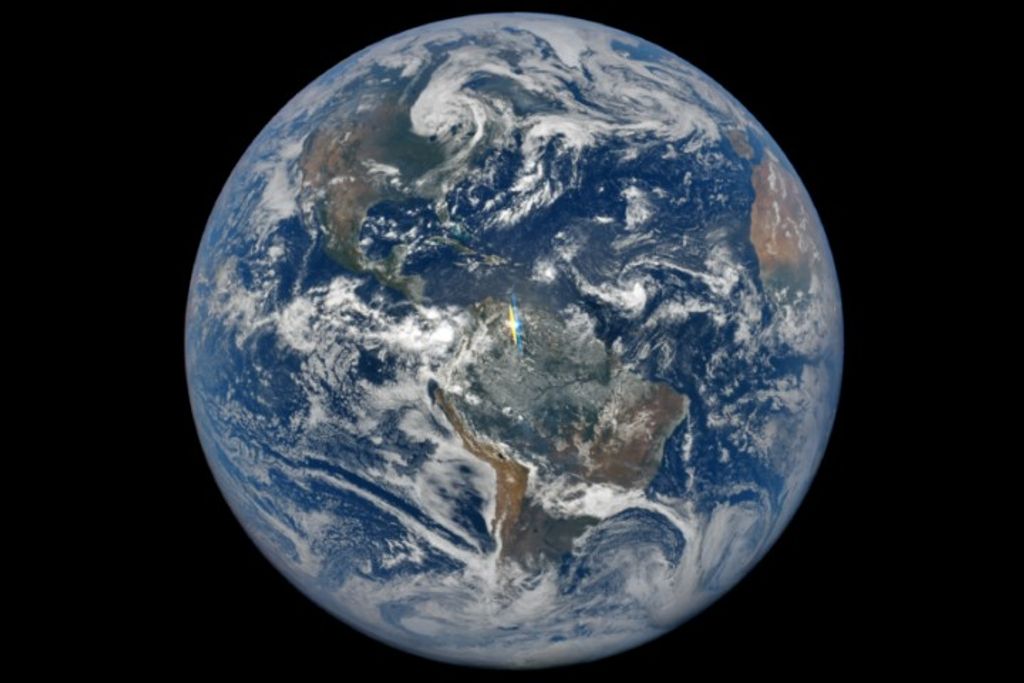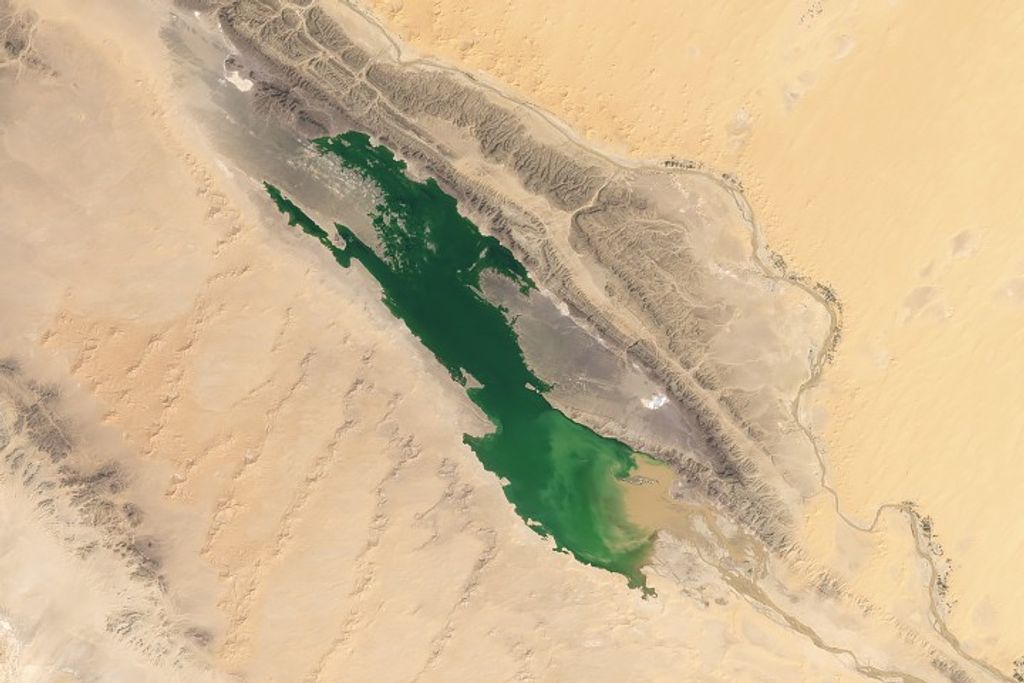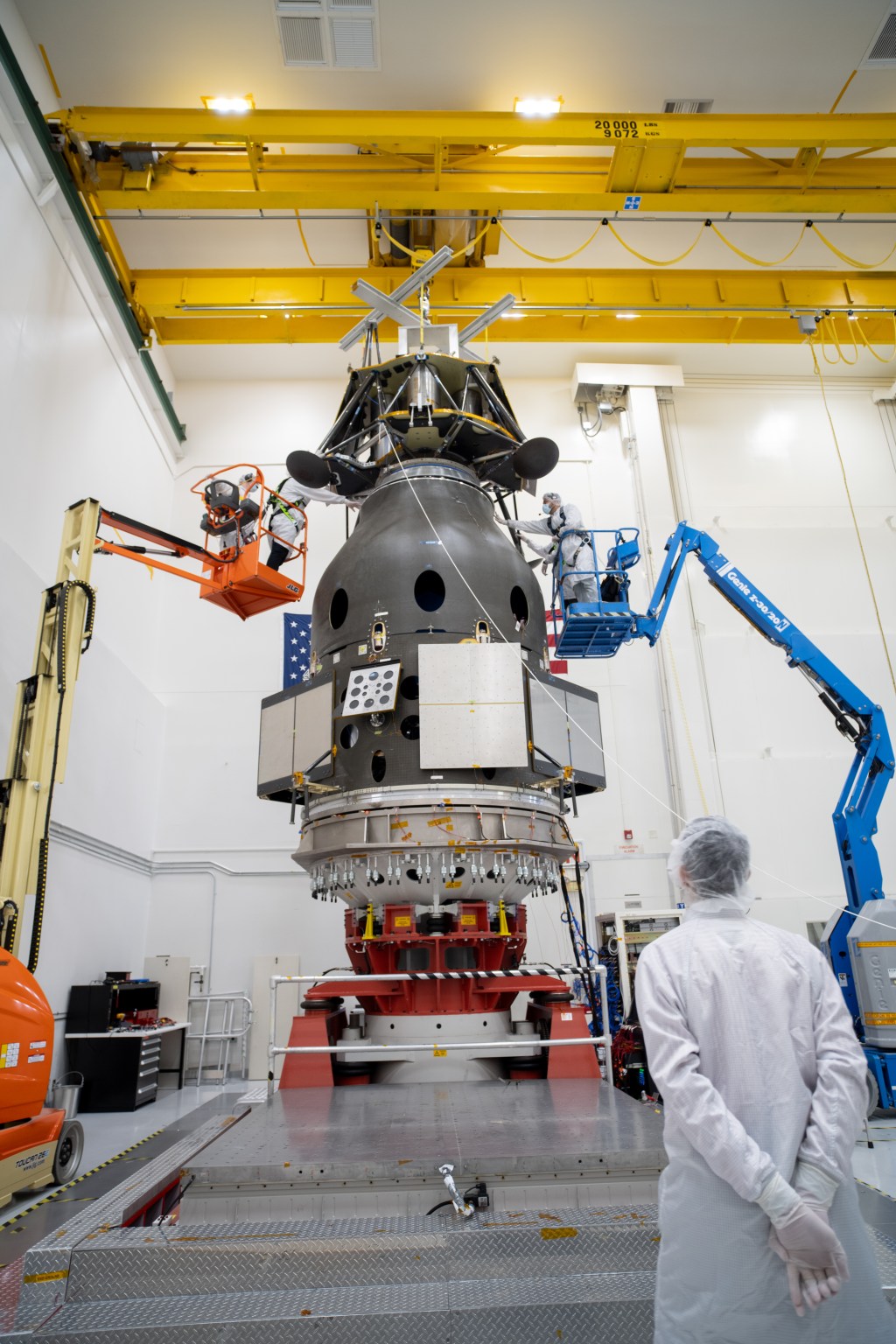News & Media
Learn more about the exciting research projects and scientific discoveries in the fields of Space Biology and Physical Sciences:

F.10 Payloads and Research Investigations on the Surface of the Moon (PRISM) solicits development and flight of a science-driven suite of instruments and supporting technology demonstration payloads tailored to complete scientific investigations at a lunar landing destination, that address the…

ROSES-2025 is an omnibus or umbrella solicitation that contains many program element appendices (listed in Tables 2 and 3) and the ROSES-25 Summary of Solicitation (SoS) lays out the backstop rules that apply by default to those program element appendices.…

The Science Mission Directorate Science Activation Program encourages all people to actively participate in science through activities and resources developed by a collaborative network of project teams drawing on NASA SMD assets (science content, experts, data, etc.). The Science Activation…
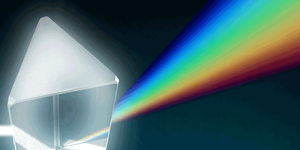
F.10 Payloads and Research Investigations on the Surface of the Moon (PRISM) solicits development and flight of a science-driven suite of instruments and supporting technology demonstration payloads tailored to complete scientific investigations at a lunar landing destination, that address the…

Microgravity research often involves delays between data collection, scientific discovery, and distribution of results. Researchers often must manually sort through large sets of images or videos to identify key changes or patterns. G-SPACE’s Microgravity Analytics Tool, developed with funding from…
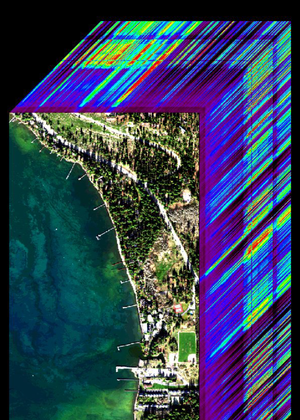
F.10 Payloads and Research Investigations on the Surface of the Moon (PRISM) solicits development and flight of a science-driven suite of instruments and supporting technology demonstration payloads tailored to complete scientific investigations at a lunar landing destination, that address the…
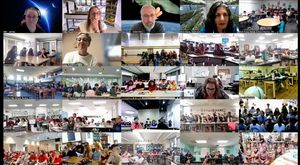
Nearly 1,250 middle and high school students from 71 schools around the world joined Fairchild Tropical Botanic Garden for the Growing Beyond Earth (GBE) Student Launch Chat with the Scientists, marking an inspiring milestone in the program’s 10th anniversary year.…
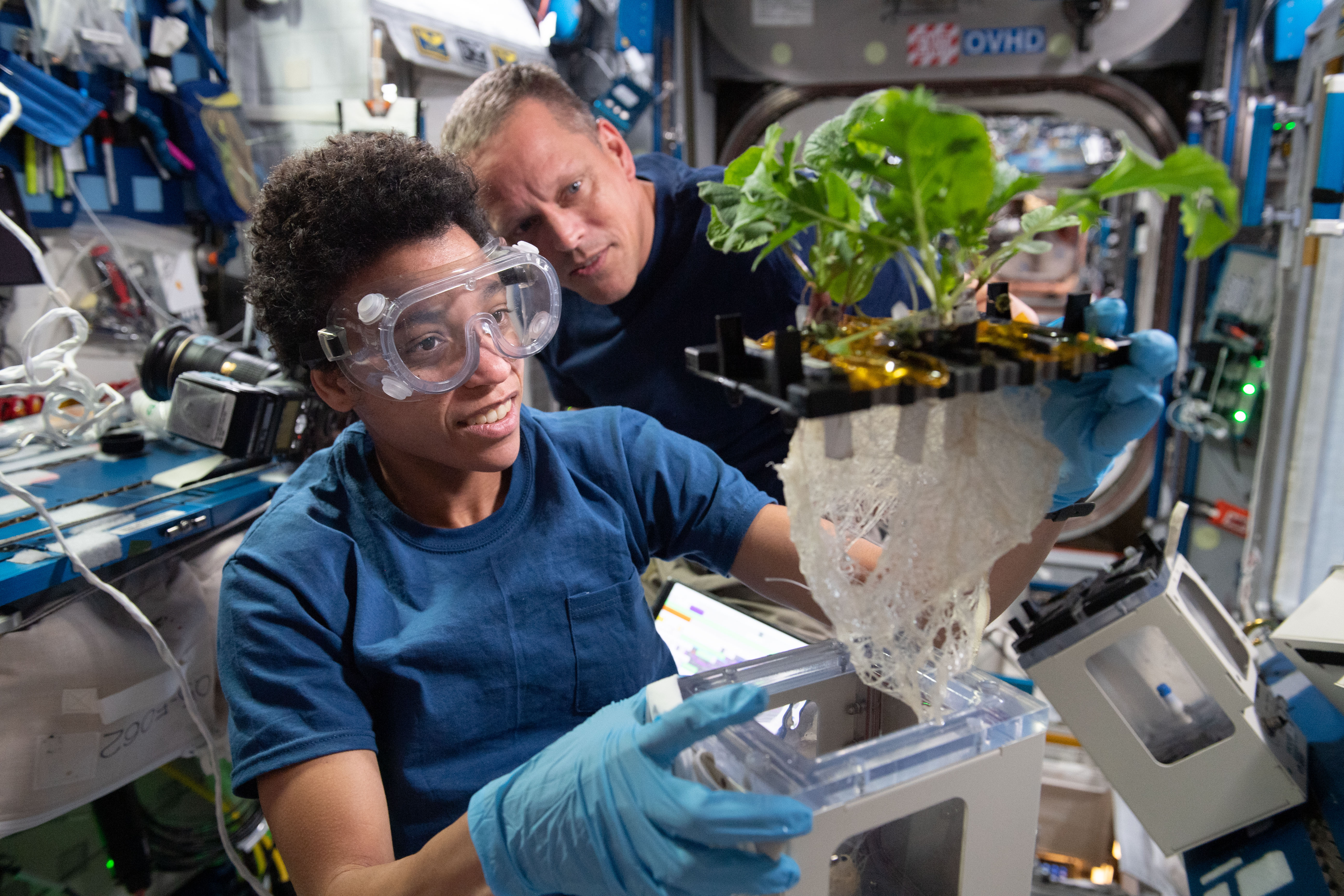
November marks 25 years of human presence aboard the International Space Station, a testament to international collaboration and human ingenuity. Since the first crew arrived on Nov. 2, 2000, NASA and its partners have conducted thousands of research investigations and…
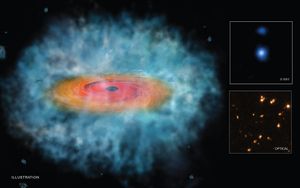
F.9 The Citizen Science Seed Funding Program (CSSFP) aims to incubate citizen science projects as they are being conceived or during critical transitions, like the year when they are first launched or beta tested (i.e., when the first group of…

GeneLab for Colleges and Universities Training Resources GeneLab for Colleges and Universities (GL4U) GL4U is designed by NASA GeneLab in collaboration with the GeneLab Educational Working Group (EWG) to provide space biology-relevant training in bioinformatics to the next generation of scientists through live…








